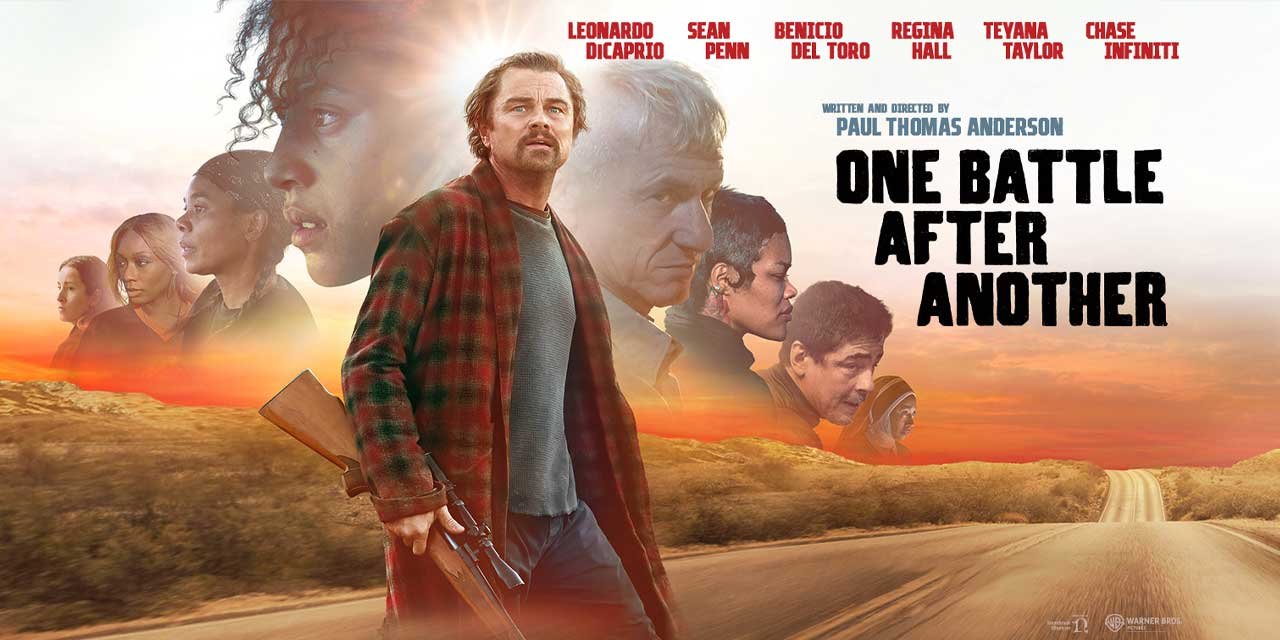
One Battle After Another Review – Anderson’s Bold Vision
When it comes to adapting a literary work for the silver screen, filmmakers often face a daunting challenge. The task of translating the nuanced themes, intricate plotlines, and multifaceted characters from the page to the visual medium can be a delicate balancing act. Director Paul Thomas Anderson, known for his bold and visionary approach, has taken on this challenge with his latest film, One Battle After Another, which draws inspiration from Thomas Pynchon’s acclaimed novel Vineland.
In this captivating cinematic exploration, Anderson seamlessly blends the counterculture of the 1960s with the conservative era of the 1980s, creating a tapestry of political and social tensions that resonate with contemporary audiences. By merging these distinct timelines, the director crafts a narrative that delves into the complexities of identity, the enduring legacy of revolutionary movements, and the ever-present struggle for freedom in the face of authoritarian forces.
Embracing the Paranoid Structures of Pynchon’s Vision
One of the hallmarks of Pynchon’s literary style is the intricate web of conspiracies and the sense of pervasive paranoia that permeates his works. Anderson, in his adaptation, has meticulously captured this essence, weaving a story that mirrors the disorienting and labyrinthine nature of Pynchon’s narrative structures.
The film’s protagonist, Bob Ferguson, played by the ever-versatile Leonardo DiCaprio, is a former revolutionary who finds himself caught in a spiral of events that challenge his ideals and his sense of purpose. As the story unfolds, the audience is drawn into a world where the lines between reality and conspiracy blur, where the pursuit of freedom becomes a relentless battle against a seemingly omnipresent authoritarian regime.
Anderson’s masterful use of the Vistavision format, a cinematic technique that lends an epic and immersive quality to the visuals, further enhances the sense of paranoia and chaos that permeates the film. The camera’s intrusive and claustrophobic framing, coupled with the disorienting editing, create a visceral experience that mirrors the protagonist’s own internal turmoil.
Confronting the Disillusionment of Revolutionaries
At the heart of One Battle After Another lies a poignant exploration of the disillusionment that can befall those who once championed revolutionary ideals. Bob Ferguson, the central character, is a former member of the French 75 group, a radical organization that sought to challenge the status quo and create a more just society.
As the film progresses, we witness Bob’s struggle to reconcile his past convictions with the realities of the present. The director masterfully avoids romanticizing the revolutionary apparatus, instead presenting a nuanced portrayal of the contradictions and complexities inherent within such movements.
The French 75 group is depicted as a mix of the heroic and the pathetic, with their actions often falling short of their lofty goals.
Bob himself is a character torn between his nostalgic longing for the past and his inability to effectively navigate the changing landscape of power and oppression.
The film’s exploration of Bob’s journey serves as a cautionary tale, highlighting the challenges faced by those who seek to upend the established order, only to find themselves consumed by the very systems they sought to dismantle.
Through this nuanced portrayal, Anderson invites the audience to contemplate the complexities of revolutionary movements, the personal toll they can take on those who participate, and the enduring impact they have on the social and political fabric of a nation.
Navigating the Dystopian Landscape of the 1980s
While One Battle After Another draws inspiration from the counterculture of the 1960s, the film’s primary setting is the dystopian landscape of the 1980s. Anderson masterfully weaves together the echoes of the past with the authoritarian realities of the present, creating a cinematic world that is both familiar and unsettling.
The film’s depiction of the 1980s is marked by a pervasive sense of oppression and control, where the state apparatus has evolved to maintain its grip on power. The presence of migrant detention camps and the rise of white supremacist cults serve as chilling reminders of the dark undercurrents that can take hold in a society consumed by fear and intolerance.
Bob’s desperate attempts to protect his daughter and evade the clutches of the ruthless Colonel Lockchell, played with menacing intensity by Sean Penn, become a metaphor for the broader struggle for individual freedom in the face of an increasingly authoritarian state. The film’s relentless pace and the suffocating visual language create a sense of claustrophobia and anxiety that mirrors the characters’ own experiences.
The Haunting Score and Its Role in Amplifying the Tension
One of the standout elements of One Battle After Another is the film’s haunting and evocative score, composed by the acclaimed musician Johnny Greenwood. Known for his collaborations with Anderson, Greenwood’s musical contributions have become an integral part of the director’s cinematic language.
In this latest collaboration, Greenwood’s score serves as a powerful amplifier of the film’s underlying tension and paranoia. The music seamlessly transitions between moments of intense pursuit and heart-wrenching drama, creating a sonic landscape that mirrors the emotional turmoil experienced by the characters.
The score’s ability to heighten the sense of fear and desperation during the film’s numerous chase sequences is particularly noteworthy, as it propels the audience through the chaotic and disorienting narrative.
Greenwood’s compositions also play a crucial role in establishing the film’s overall tone, oscillating between the nostalgic longing of the past and the suffocating oppression of the present.
The seamless integration of the music with the editing and cinematography further enhances the immersive quality of the viewing experience, drawing the audience deeper into the world of One Battle After Another.
Greenwood’s contribution to the film’s success cannot be overstated, as his haunting and evocative score becomes an integral part of the cinematic tapestry woven by Anderson.
Introducing New Talents and Celebrating Established Actors
One of the hallmarks of Paul Thomas Anderson’s filmmaking approach is his penchant for discovering and nurturing new acting talents. In One Battle After Another, the director continues this tradition, introducing Chase Infinity in her feature film debut as the daughter of the protagonist, Bob Ferguson.
Infinity’s performance is a standout, as she seamlessly navigates the complexities of her character’s relationship with her father and the challenges of navigating the dystopian world they inhabit. Anderson’s ability to identify and cultivate emerging actors is a testament to his keen eye for talent and his commitment to fostering the next generation of cinematic storytellers.
Alongside the newcomer, the film boasts an impressive ensemble of established actors, each delivering nuanced and captivating performances. Leonardo DiCaprio’s portrayal of the disillusioned revolutionary Bob Ferguson is a masterclass in character study, as he navigates the character’s internal conflicts and the external pressures that threaten to consume him.
Sean Penn’s turn as the ruthless Colonel Lockchell is a chilling and powerful display of his acting prowess, as he embodies the authoritarian’s twisted sense of masculinity and his unwavering commitment to maintaining control. Benicio del Toro and Regina Hall, in their respective supporting roles, further enhance the film’s depth and complexity, adding layers of emotional resonance to the narrative.
The seamless integration of new and seasoned talent is a testament to Anderson’s skill as a director, as he weaves together a tapestry of performances that elevate the film’s thematic richness and cinematic impact.
Exploring the Commercial Viability and Awards Potential
As with any ambitious and visually striking film, the question of commercial viability and awards potential inevitably arises. One Battle After Another is a cinematic experience that demands the audience’s full engagement, with its sprawling runtime of 2 hours and 40 minutes. This extended duration may pose a challenge in terms of attracting a wider audience, as it requires a significant time commitment from viewers.
However, the film’s critical acclaim and the director’s reputation may work in its favor. Paul Thomas Anderson has established himself as a master of contemporary American cinema, with a track record of films that have garnered significant recognition and accolades. One Battle After Another is likely to follow in the footsteps of his previous works, generating buzz and attention within the awards season circuit.
The film’s technical achievements, particularly its stunning Vistavision cinematography and Greenwood’s haunting score, make it a strong contender for recognition in various technical categories. Additionally, the performances of the ensemble cast, led by the ever-reliable Leonardo DiCaprio, may earn the film recognition in the acting categories.
Ultimately, the commercial success and awards potential of One Battle After Another will depend on the film’s ability to connect with audiences and critics alike. The director’s reputation, the film’s thematic depth, and the overall quality of the cinematic experience may prove to be the driving factors that determine its impact on the industry and the public.
To further explore the film and engage with the director’s work, I invite you to join me for a live discussion on my YouTube channel. [Live debate link] This will be an opportunity to delve deeper into the themes, the creative process, and the broader implications of One Battle After Another within the context of contemporary cinema.
In the meantime, be sure to follow me on Instagram for updates on my latest projects and insights into the world of film.
Thank you for joining me on this cinematic journey through the complexities of One Battle After Another. I look forward to continuing the conversation and exploring the depths of this captivating film.

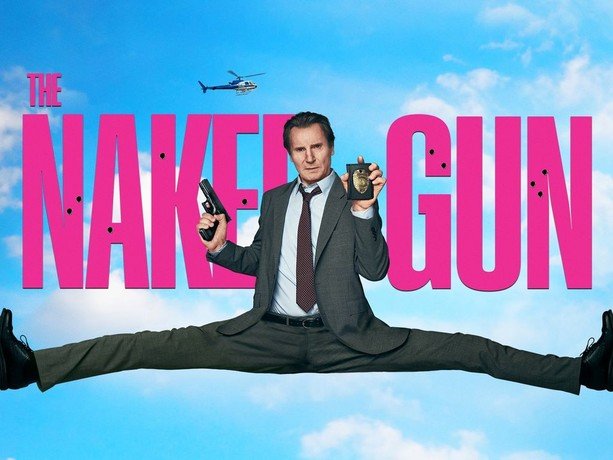
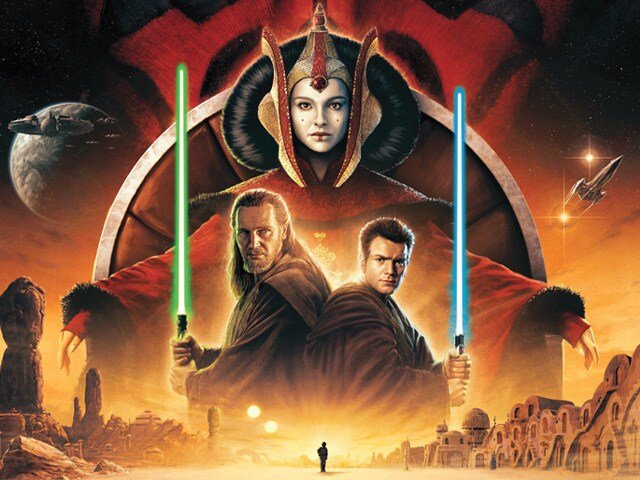






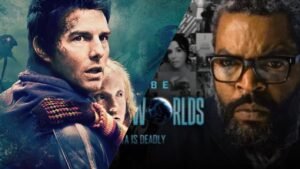

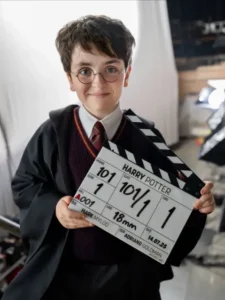

Publicar comentário